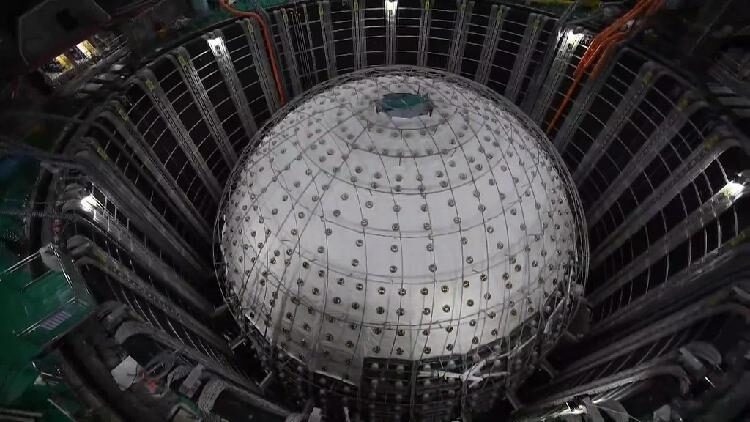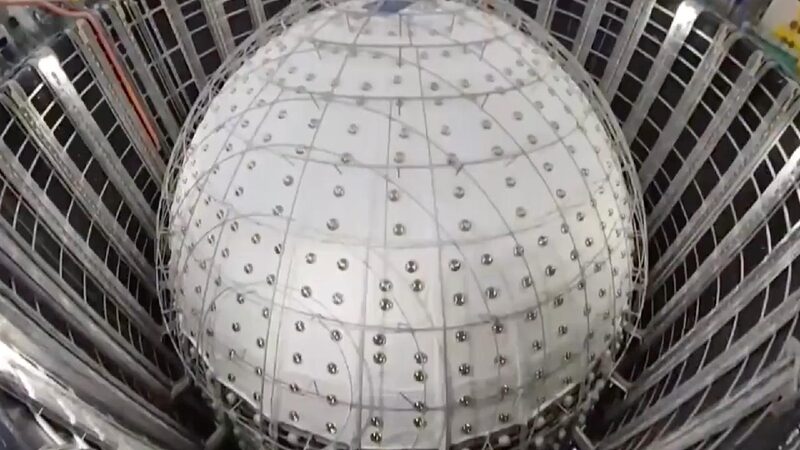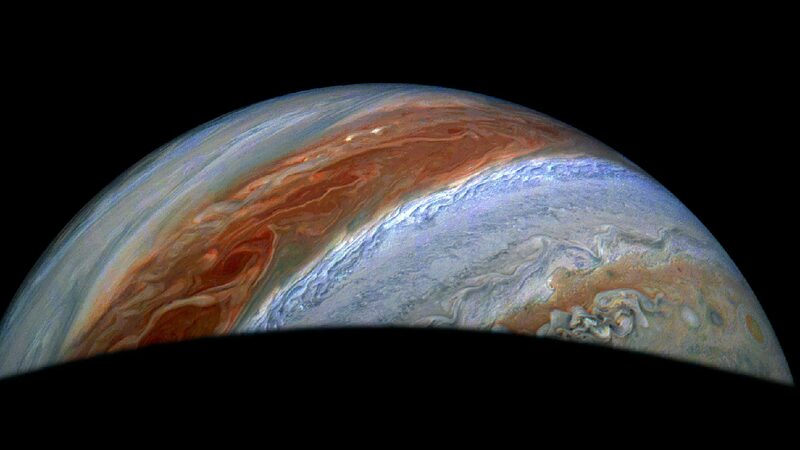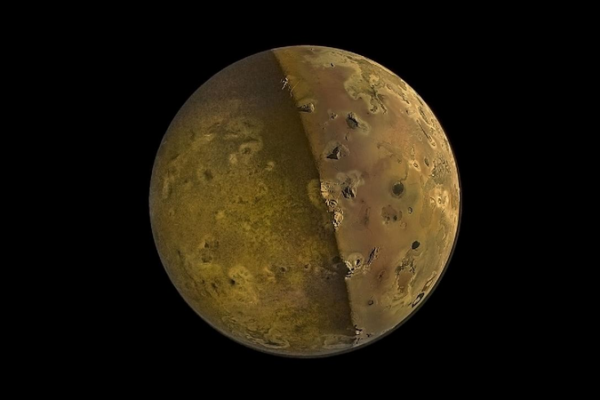China has embarked on a groundbreaking journey as it begins filling the world’s largest transparent spherical detector with ultrapure water, marking a critical milestone in the construction of the Jiangmen Underground Neutrino Observatory (JUNO). This monumental project, located deep beneath a hill in Guangdong Province, is set to propel neutrino research to new heights.
On Wednesday, engineers started injecting ultrapure water—filtered through multiple purification stages—into the detector pool at a staggering rate of 100 tonnes per hour. The core of JUNO is an immense liquid scintillator detector submerged in a 44-meter-deep pool, all housed within a granite layer beneath Jiangmen City.
The detector itself is an engineering marvel. A stainless steel mesh shell, 41.1 meters in diameter, supports an acrylic sphere measuring 35.4 meters across, destined to be filled with 20,000 tonnes of liquid scintillator. This setup is equipped with 20,000 large photomultiplier tubes and 25,000 smaller ones, along with essential components like cables and magnetic shielding coils.
But why all the fuss over neutrinos? Often called “ghost particles,” neutrinos are elusive elementary particles that zip through matter almost undetected. They’re born from cosmic events like nuclear reactions in stars, supernova explosions, and even the radioactive decay of rocks. Understanding them could unlock secrets about the universe’s most fundamental workings.
The liquid scintillator detector works in tandem with a water Cherenkov detector and a cosmic ray tracker positioned atop the pool. Together, they detect and filter out cosmic rays and natural radioactivity, ensuring that only genuine neutrino interactions are recorded. The photomultiplier tubes capture the faint light signals produced when neutrinos interact with the liquid scintillator, transforming them into electrical signals for analysis.
What’s truly remarkable is JUNO’s scale and precision. Its liquid scintillator volume is 20 times larger than previous detectors, and it boasts a threefold increase in photoelectron yield. With an unprecedented energy resolution of 3%, JUNO stands at the forefront of neutrino detection technology.
The filling process is meticulous and will unfold in two main phases. First, the detector pool and the space inside the acrylic sphere will be filled with ultrapure water over two months. Next, over six months, the water inside the acrylic sphere will be replaced with the liquid scintillator. The entire operation is slated for completion by August 2025, after which JUNO will officially commence data collection.
JUNO isn’t just a national effort; it’s a global collaboration involving over 700 scientists from 17 countries and regions. Its primary goal is to measure the neutrino mass hierarchy—a fundamental question in particle physics. Alongside other major projects like Japan’s Hyper-Kamiokande and the United States’ Deep Underground Neutrino Experiment, JUNO is poised to make significant contributions to our understanding of the universe.
Reference(s):
China's transparent spherical neutrino detector reaches critical stage
cgtn.com








